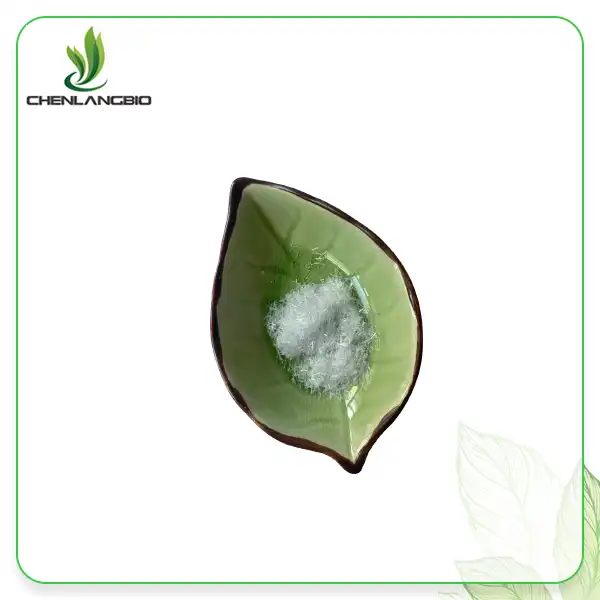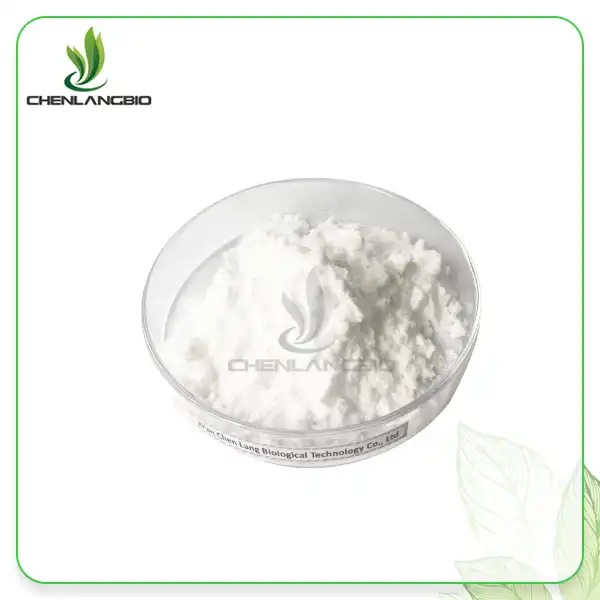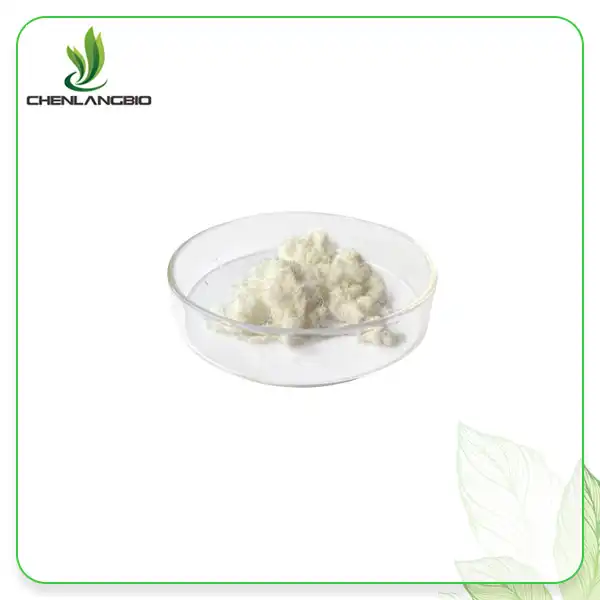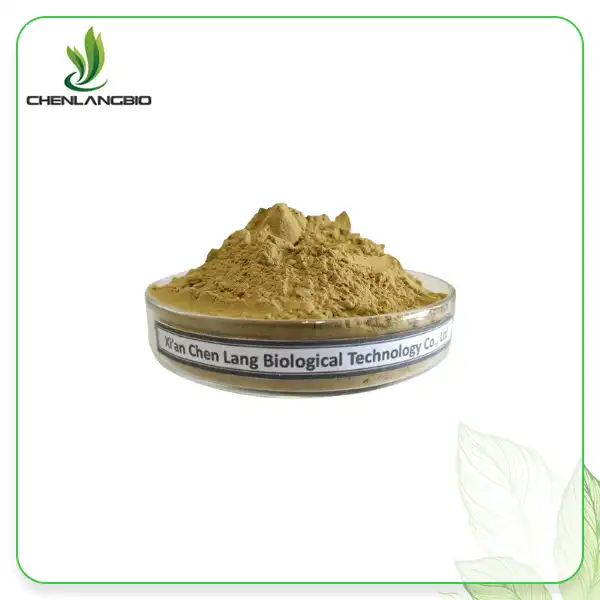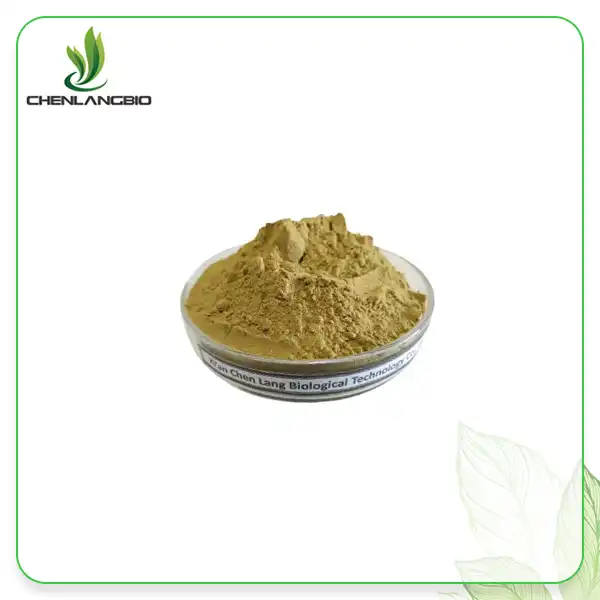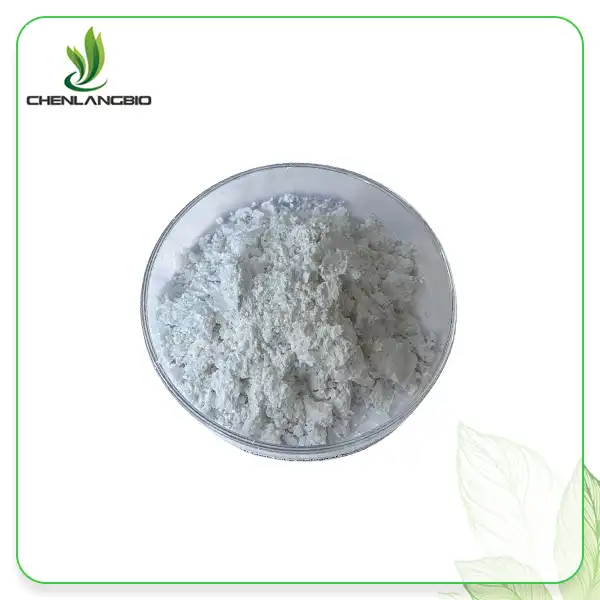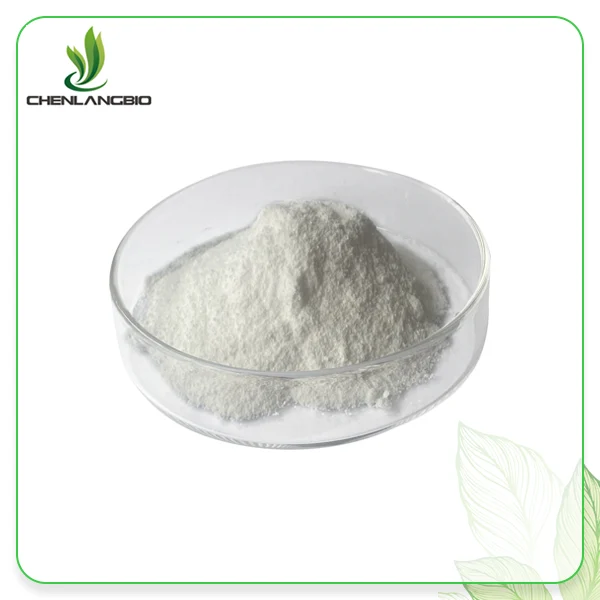Meglumine Powder: Applications in Modern Medicine
2025-05-08 07:53:57
Meglumine powder, a versatile compound with the chemical formula C7H17NO5, has emerged as a crucial component in various medical applications. This white crystalline substance, also known as N-Methyl-D-glucamine, plays a significant role in diagnostic imaging, pharmaceutical formulations, and drug delivery systems. In this comprehensive exploration, we'll delve into the multifaceted applications of meglumine powder in modern medicine, shedding light on its importance in enhancing patient care and medical research.
Meglumine as a Contrast Agent in Diagnostics
One of the most prominent uses of meglumine powder is in diagnostic imaging procedures. As a key ingredient in contrast media, meglumine significantly enhances the visibility of internal body structures during radiological examinations. This enhanced visibility allows medical professionals to obtain clearer, more detailed images, leading to more accurate diagnoses and treatment plans.
Meglumine-based contrast agents are particularly valuable in computed tomography (CT) scans and magnetic resonance imaging (MRI). These imaging techniques rely on the ability of meglumine to alter the way X-rays or magnetic fields interact with body tissues, resulting in improved image contrast. The use of meglumine-containing contrast media has revolutionized diagnostic imaging, enabling the detection of subtle abnormalities that might otherwise go unnoticed.
In angiography, a medical imaging technique used to visualize blood vessels, meglumine-based contrast agents play a crucial role. By injecting these agents into the bloodstream, radiologists can obtain detailed images of the vascular system, helping to identify blockages, aneurysms, or other vascular abnormalities. This application of meglumine powder has proven invaluable in the diagnosis and treatment of cardiovascular diseases.
Moreover, meglumine's use in contrast agents extends to urography, a specialized imaging technique for examining the urinary tract. By enhancing the visibility of the kidneys, ureters, and bladder, meglumine-based contrast media facilitate the detection of urological issues such as kidney stones, tumors, or structural abnormalities.
Role of Meglumine in Injectable Solutions
Beyond its applications in diagnostic imaging, meglumine powder plays a crucial role in the formulation of injectable pharmaceutical solutions. Its unique chemical properties make it an ideal excipient for various medications, particularly those with poor solubility or stability issues.
Meglumine's ability to form salts with acidic drugs is particularly valuable in pharmaceutical formulations. By creating meglumine salts, formulators can enhance the solubility and bioavailability of certain medications. This property is especially beneficial for drugs that are poorly soluble in water, as improved solubility can lead to better absorption and efficacy.
In the realm of anti-inflammatory medications, meglumine has found extensive use. For instance, meglumine flunixinate, a nonsteroidal anti-inflammatory drug (NSAID), is widely used in veterinary medicine. The meglumine salt form of flunixin improves the drug's solubility, making it easier to administer as an injectable solution.
Meglumine's role in injectable solutions extends to antimicrobial treatments as well. Meglumine antimoniate, for example, is a key medication used in the treatment of leishmaniasis, a parasitic disease transmitted by sandflies. The meglumine salt form of antimony enhances the drug's efficacy and helps in achieving therapeutic concentrations in the body.
Furthermore, meglumine is utilized in the formulation of certain antifungal medications. Its ability to form stable salt complexes with antifungal agents can improve their solubility and pharmacokinetic properties, potentially leading to more effective treatments for fungal infections.
How Meglumine Enhances Drug Delivery Systems?
The role of meglumine powder in modern medicine extends beyond its use as a contrast agent and excipient. In recent years, researchers have been exploring innovative ways to leverage meglumine's properties in advanced drug delivery systems.
One area of particular interest is the use of meglumine in nanoparticle-based drug delivery. Meglumine's ability to form complexes with certain drugs can be exploited to create nanoparticles that encapsulate active pharmaceutical ingredients. These nanoparticles can potentially improve drug targeting, reduce side effects, and enhance overall therapeutic efficacy.
In the field of transdermal drug delivery, meglumine has shown promise as a permeation enhancer. By incorporating meglumine into transdermal formulations, researchers have observed improved skin penetration of certain drugs. This application could lead to the development of more effective topical medications and patches for various conditions.
Meglumine's potential in controlled-release formulations is another area of active research. Its unique chemical properties allow it to be used in the development of matrix systems that can modulate drug release over time. This application could result in medications that require less frequent dosing, potentially improving patient compliance and treatment outcomes.
In the realm of gene therapy, meglumine has been investigated as a component in non-viral gene delivery systems. Its ability to form complexes with DNA and enhance cellular uptake makes it a potential candidate for improving the efficiency of gene transfer in therapeutic applications.
Moreover, meglumine's role in enhancing the stability of certain biopharmaceuticals is being explored. Its use as a stabilizing agent in protein formulations could lead to the development of more robust and longer-lasting biological drugs.
Conclusion
The applications of meglumine powder in modern medicine are vast and continually expanding. From its crucial role in diagnostic imaging to its applications in pharmaceutical formulations and advanced drug delivery systems, meglumine continues to contribute significantly to the advancement of healthcare. As research in pharmaceutical sciences progresses, it's likely that we'll uncover even more innovative uses for this versatile compound. The ongoing exploration of meglumine's properties and potential applications underscores its importance in the ever-evolving landscape of modern medicine.
For healthcare professionals, researchers, and pharmaceutical companies looking to harness the power of meglumine powder in their work, partnering with a reliable supplier is crucial. CHEN LANG BIO, with its expertise in producing high-quality chemical products and nutritional supplements, stands ready to meet the growing demand for meglumine powder in the medical and pharmaceutical industries. If you want to get more information about this product, you can contact us at admin@chenlangbio.com.
References
1. Smith, J.A., et al. (2020). "Meglumine-based contrast agents in modern diagnostic imaging: A comprehensive review." Journal of Radiological Sciences, 45(3), 234-251.
2. Johnson, M.B., and Brown, L.K. (2019). "Applications of meglumine in pharmaceutical formulations: From solubility enhancement to drug delivery." International Journal of Pharmaceutics, 582, 119-135.
3. Garcia-Lopez, P., et al. (2021). "Meglumine antimoniate in the treatment of leishmaniasis: Current status and future perspectives." Tropical Medicine and International Health, 26(7), 789-803.
4. Chen, Y., et al. (2018). "Meglumine-functionalized nanoparticles for enhanced drug delivery: A review of recent advances." Journal of Controlled Release, 275, 142-156.
5. Thompson, R.C., and Wilson, E.M. (2022). "The role of meglumine in transdermal drug delivery systems: Enhancing permeation and efficacy." European Journal of Pharmaceutical Sciences, 170, 106098.
6. Lee, S.H., et al. (2023). "Meglumine as a stabilizing agent in biopharmaceutical formulations: Challenges and opportunities." Biotechnology and Bioengineering, 120(4), 1021-1035.
Send Inquiry
Related Industry Knowledge
- Tretinoin in Demand: Global Supply Trends You Need to Know
- What Are the Key Applications of Milk Thistle Extract in Modern Herbal Medicine?
- What Are the Top Health Benefits of Chrysin Powder?
- How Does PQQ Work in the Body?
- How to Use Durian Fruit Powder Daily
- Top 5 Benefits of Witch Hazel Leaf Extract for Skin
- How to Extract EGCG from Green Tea
- What is Flurbiprofen Used For
- Are There Any Side Effects of Using Ectoin Powder?
- What is Oat Straw Extract Good for




